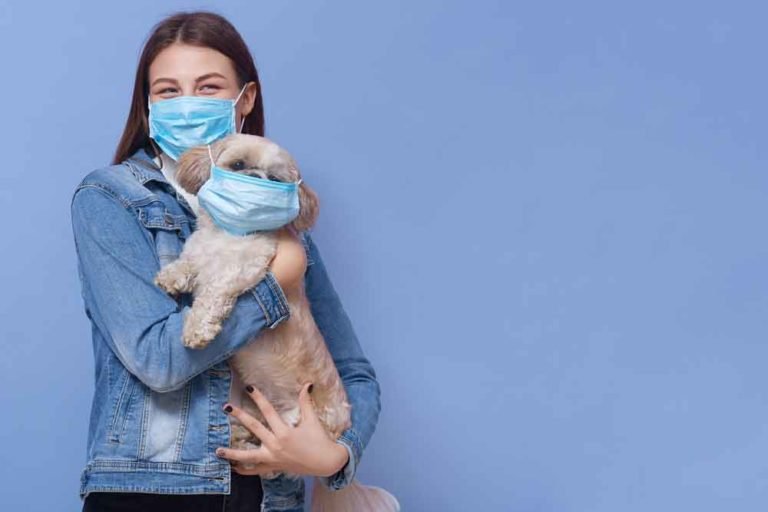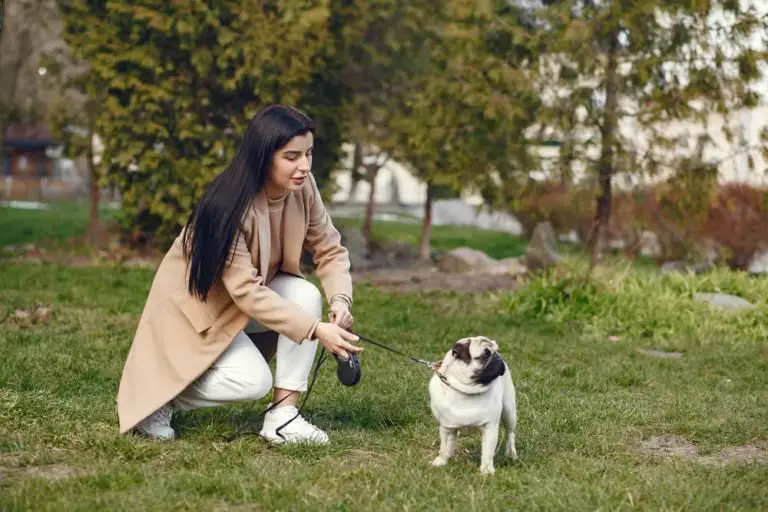12 Common Dog Fears And Phobias
Dogs, as are any other animals also have their own phobias, fears, worries, anxieties. These fears come in varied shades and forms. They also bring about different kinds of impacts. It is important for you to know about these to be able to prepare appropriately to mitigate them if and when they arise.
Below are the most common fears and phobias that dogs might exhibit and how those issues play out in the daily lives of the dog:
1: Specific Objects
Your dog may be fearful of a specific object like a vacuum cleaner, some toys, decorative gears, and construction equipment to name but a few! It is important that you study your dog and find out the specific object it could be fearful of. Develop a counter-strategy to avoid this source of fear.
The fear of these objects may hinder your dog to express itself smoothly and freely. That may also eat away its self-confidence and prevent it from growing fully.
2: Children
Some dogs will often develop a phobia to small children. The main reason underlying this is the lack of early exposure to small children. Exposing your dog to the children at an early stage is a sure way of warding off this phobia considerably.
Please note that the problem may normally push the dog to harm your child in whichever shape or form if not mitigated in time. Keep your child away from the dog if and when you sense it has some hard feelings, all for the safety of the child.
4: Strangers
Just like small children, dogs too may often fear strangers. These are persons who are not really that familiar with the homestead wherein the dog is kept or reared. As is with the case of the small children above, try as much as possible to acquaint your dogs with as many strange people as possible.
In the meantime, keep your dogs from direct contact with strangers. The object of this is to minimize any likely spates of injuries or harms that the dog might inflict on such strangers.
5: Men
If a dog has been previously abused by a man, that experience may be registered in its mind. It shapes the way in which future men are viewed by the same dog. Unwinding this experience takes time and may involve a lot of training and patience all the while.
You may also think of administering some psychological drugs to your dogs to help calm its mind. A trip to the veterinarian will certainly be of help here.
6: Going up and down the stairs
A dog that has never taken the stairs will naturally fear going up and down the same, the first time it is exposed to. This yet again calls for some patience and sobriety on your part. Take it up and down slowly and steadily to be able to learn how to do just that.
While at it, take those stairs jointly with the dog to help dissipate the fears and strains that the dog might have all along. Encourage and praise it all the while to let it appreciate the experience and look forward to it.
7: Riding in the car
Anything that is done for the first time is normally scary. The same applies to a dog that has never taken a ride in a car. Such a dog will naturally be hesitant to do that. Be gentle and kind as you usher the dog to the car. That will water down any fears or phobias that may affect the dog adversely.
Perhaps a good way to go about this is to let the dog enter the car when the engine is off. Only ignite the engine after the dog is fully enclosed in the car. That will take away some phobia of the same.
8: Veterinarian
A visit to a veterinarian is never really encouraging to any dog. The pain of the syringe coupled with the ghastly tastes of the drugs will normally push some dogs to hate a veterinarian forever. Yet again, we ask for total patience as you take the dog to such a facility.
Make some fun with the dog as you enter the premise. This will go a long way in watering down the tension that may have built up and accumulated with time. Properly timing the visit is also another way of achieving this end.
9: Separation Anxiety
Separation Anxiety is the fear of being left alone. Dogs who have this condition tend to be violent as soon as their owners depart from their homes. They may further bark excessively or even break the homes when left alone. Consider leashing the dog outside to keep it less fearful.

Because you will inevitably have to leave your dog alone for some time, do so but under a carefully controlled environment. This demands that you draft and adhere strictly to a training schedule.
10: Fireworks
Fireworks are potentially threatening and scary. The loud sounds coupled with the brilliant fires are often frightening. Dogs who fear them will normally bark or coil their tails as a sign of defeat and humiliation. Just keep your dog as far away from this phenomenon as can be.
If you live in an environment that experiences many firework displays, you should acquaint your dog with the banging sounds intermittently and over a given duration of time. That will lessen the fears and the worries that such dogs may have over the issue.
11: Thunder
Just like fireworks, thunder is also potentially threatening and scary. It also has the ability to drive your dog crazy and withdraw from its common everyday activities. Being a natural phenomenon that takes place far and apart, there is nothing much you can really do to stop your dog from getting exposed to it.
In case the place you are based experiences heavy thunder regularly, consider playing loud music to the dogs. This will make it naturally accustomed to the loud and oft-scary sounds of the thunder. In that way, it becomes less fearful and more accustomed to the harsh sounds.
12: Blood Injection Phobias
As explained above, dogs will usually register some experiences in their minds. If these experiences are unpleasant, such registrations will often determine how the dogs react to them going forward. Blood injections are common examples of these. Get your dog to go slow on them.
Just in case the issue persists, you may have to attempt the alternative medications like pills, syrups, and tablets. You do not want to subject your dog to all kinds of discomforts all in the name of attempting to cure it the illnesses.
Conclusion
Needless to say, the 12 common phobias we have highlighted above are not all. You have to study your dog to know its own weaknesses and strong points. That is the only guarantee that you will be able to help it accommodate or respond uniquely to its personal phobias.
The ones we have dwelt on are nonetheless the most common and noticeable. It is hence in your best interest to find a way of dealing with them. Follow the regimes we have stipulated above to achieve this awesome end.







